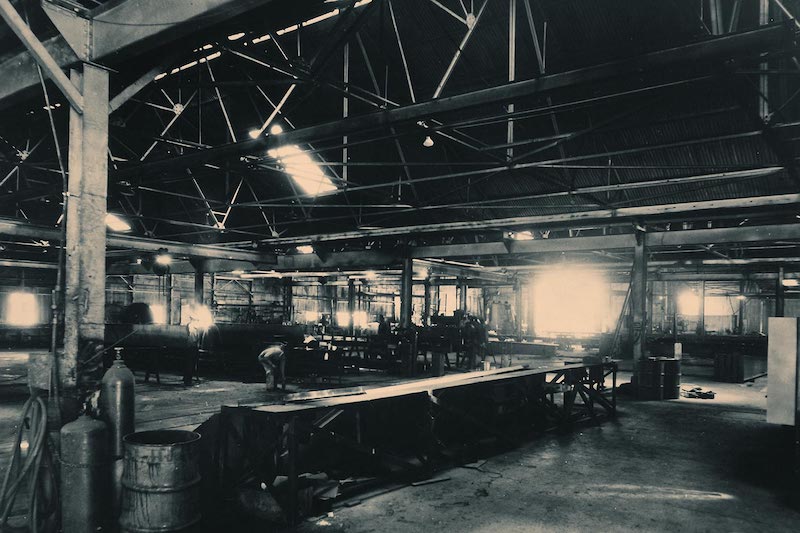In 1897, ten years before Oklahoma gained statehood, oil erupted from a well near what is now known as Bartlesville, a small town on the Caney River in the northeast region. Looking for their fortune, companies flocked to the Indian Territory, bringing with them a flood of settlers. The excitement was overwhelming and long lasting. With this first eruption of “black oil,” exploration of the region broadened over the years.
On July 16, 1926, nearly three decades after oil was found in Bartlesville, oil was found in Seminole, Oklahoma. While this wasn’t particularly surprising, the quantity was – the Seminole region’s wells pumped out more crude oil than all of the reservoirs found up until that point combined. By 1935, more than 60 petroleum reservoirs were found within 1,300 square miles of Seminole, with seven producing more than a million barrels of oil each.
It was during this great oil boom that STAR Building Systems was founded by D. H. Rowland in Oklahoma City, Oklahoma, who saw a need for durable metal structures created for the oil industry.


In these early years, STAR specialized in creating oil well doghouses—a shed or room that is used as storage and a “command center” for each oil rig. Designed by some in those days as wooden shanties, Rowland prefabricated his doghouses from angle and galvanized corrugated steel. With every individual oil rig requiring at least one doghouse, STAR was able to establish itself as a heavy-hitter in the building supply industry.
Over time, doghouses have evolved to the structures used today: a steel-sided room cantilevered from the structure that supports the rig with a door adjacent to the drill’s controls. Not only used for storage and as a control center, rigs are oftentimes used to accommodate workers during their breaks, act as an office and communications center for the company, and help managers to oversee the operations.
Similarly, STAR Building Systems has grown from their humble origins as metal fabricators working alongside the oil industry. Within the first few decades, STAR evolved with the needs of the market to create metal aircraft hangars during World War II, their prefabricated parts being perfect for creating structures quickly and cost-efficiently.


Since then, STAR has continued to evolve with the changing need of the American Market. Through their many years in the industry, they have partnered with the best local contractors and provided superior products and service to their customers. Star’s number one role is to serve its builders and by doing so, they have prospered in both good times and bad. Proudly American, the company looks for ways to put their superior metal construction products to work. But they never stray far from the memory of their humble beginnings when it all started with a big oil boom and a little doghouse.








